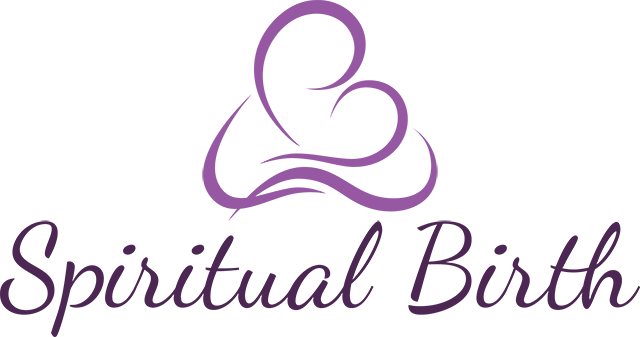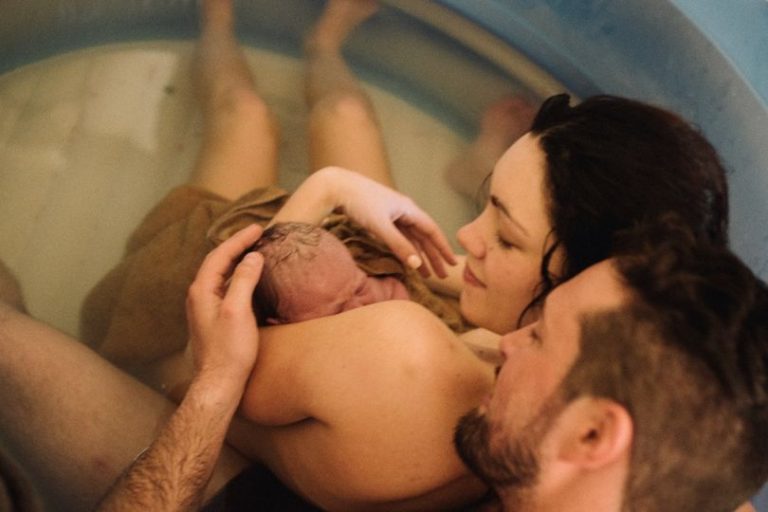Home birth is an opportunity to find ourselves. And more than this, home birth is safer than hospital birth during a pandemic.
Mother Earth is our home. It is the place of individual and collective creation. We seek safety and protection within our personal homes. Home is a place where we hope we are safe from marauders. It is a place where we fortify the walls and gates so we can relax inside and play, laugh and cry. Home is also a place where we are not exposed to the germs of strangers unless we invite them in.
History tells us most women have given birth at or near the home. A hundred years ago, for the !Kung Bushman women of Southern Africa, a secluded spot in the grass and bushes near the encampment was ideal. While the danger of wild animals was ever present, the bacterial microbiome of the woman’s surroundings was rich and provided the baby with a bacterial dust bath that triggered the baby’s own immune response.
Once the baby was born the mother would return to the tribe triumphant, secure that she had passed a major test to prove her strength and membership of the tribe. For women of other cultures, a temporary shelter separated from the main settlement, protected the mother and baby from illness that the main tribal group may spread. The point I make here is that birth was secluded and private, though not far from the group, thus ensuring a way to prevent cross contamination.
Fast forward to the 20th century, and birth has been removed to an industrial setting, where up to ten woman may be birthing in one room separated by curtains only and attended by a few medically trained midwives. Ideally the disciplines of medicine and midwifery need each other to provide optimal care for woman during pregnancy and birth. A woman giving birth at home may need to transfer to a medical setting for her health and safety and this needs collaboration and communication.
Research and evidence on home birth versus hospital birth is clear – home birth, attended by a trained professional is as safe as hospital birth for low risk women. You will need to find an independent midwife in your area who attends homebirth and make an appointment to see her. Discuss your concerns and desires. There are many benefits of giving birth at home, namely:
- A lower rate in intervention such as IV infusion, induction, epidural and episiotomy and caesarian section
- Lower risk of perineal tearing
- Greater experience of satisfaction
- Higher rate of successful breastfeeding
- Lower risk of separation from the baby
- lower risk of injury to the baby, such as broken clavicle or erbs palsy
- Home birth exposes the baby to a richer microbiome at birth therefore stimulating the immune system to produce antibodies
- Early colostrum from the breast provides an enriched dose of antibodies from the mother
Home birth (or birth near the home) provides an ideal environment, as long as there is access to clean water and a hygienic room with a bed or somewhere to rest. The home should not be crowded. The midwife or birth attendant carries basic resuscitation and paramedical equipment with her and sets this up on a clean surface, for in the event it should be required. Whatever the setting, in most cultures, seclusion and privacy were the norm in the past. Home birth, in the light of a pandemic, is a way to optimize protection from the spread of ill health.
Homebirth Necessities
IT is a good idea to establish one or two areas where you may feel comfortable giving birth. A flat surface like a table or chest of drawers is needed so the midwife can set out her tray of equipment prior to the birth. A list of essentials needs to be collected before the birth and placed on a shelf or cupboard:
- A set of old sheets
- A plastic sheet/shower curtain to protect the mattress
- some black waste bags for the bin
- At least 10 towels
- Maternity pads x 5 packs, home-made or disposable
- Comfortable underwear
- Loose comfortable clothing
- Warm blankets and heater if it is cold
- Baby receiving blanket and clothes
- Baby nappies, cloth or disposable
- Water/juice/coconut water
- candles, a torch, matches, hot water bottle
- Ready made meals and snacks in fridge
The home beckons as a place of safety in the days of corona virus and offers an alternative to the fear that we may be contaminated in public places. Most healthy, well nourished and low risk women who do not have chronic medical conditions are candidates for home birth. Social distancing and hand hygiene, the most efficient ways of ‘flattening the curve’ can be achieved when home is chosen as the birth place.

The basic needs of a woman in labour are well met in home surrounding. Freedom to lie down or move around. Soft comfortable furnishings. Curtains that provide privacy and blankets for warmth. Rooms that can be made semi-dark and/or lit only with candles. A calm skilled wise woman silent in the background, so as not to stimulate the thinking brain. A bathroom with access to water close by. Women in labour need to sink into their bodies, be free to make utterances when the surges rise, without fear of disturbing others.
I have attended many home births and out of hospital births and each one is spectacular. The joy and relief upon meeting this new soul can fill a father’s heart. It is the mother who says “I did it” and the baby who feels “I did it”.
Both are right.

